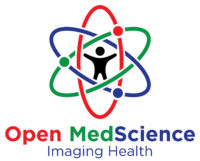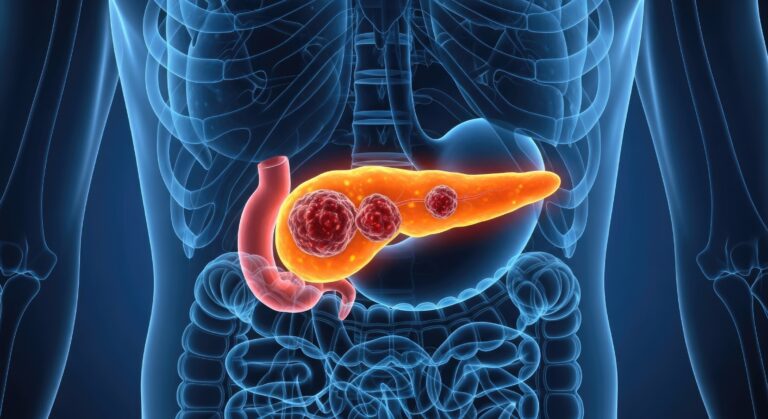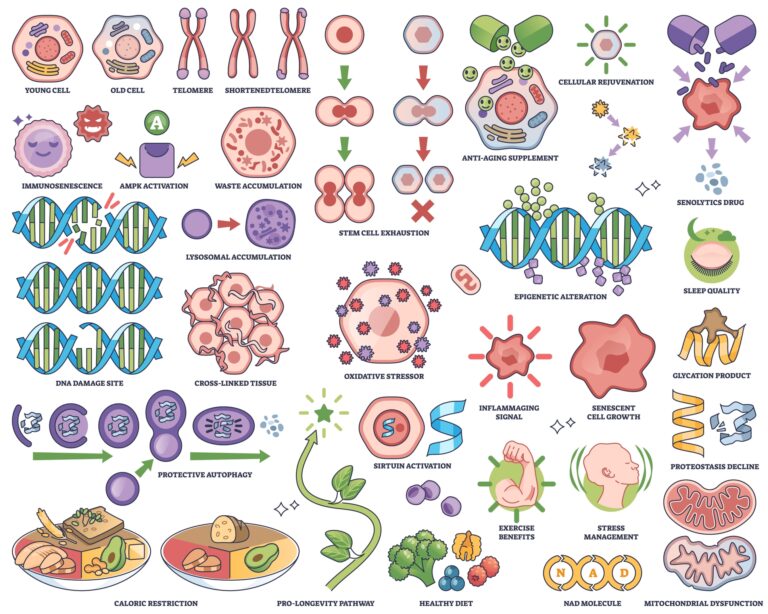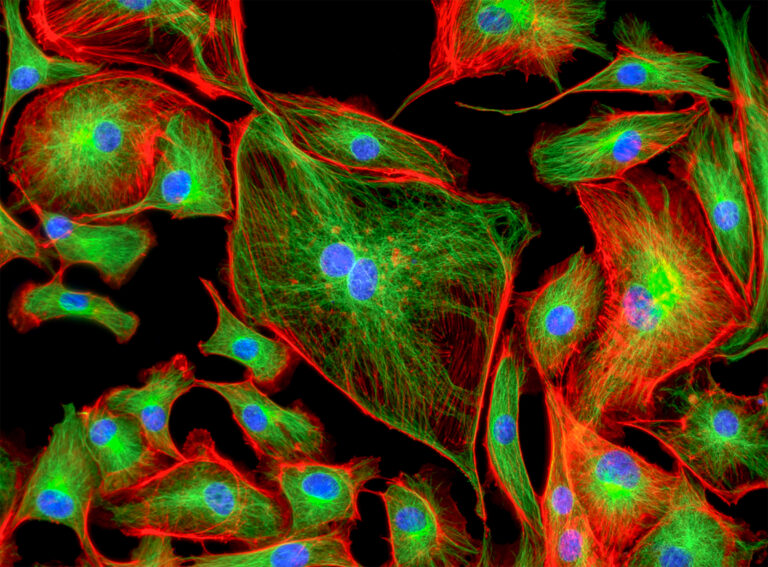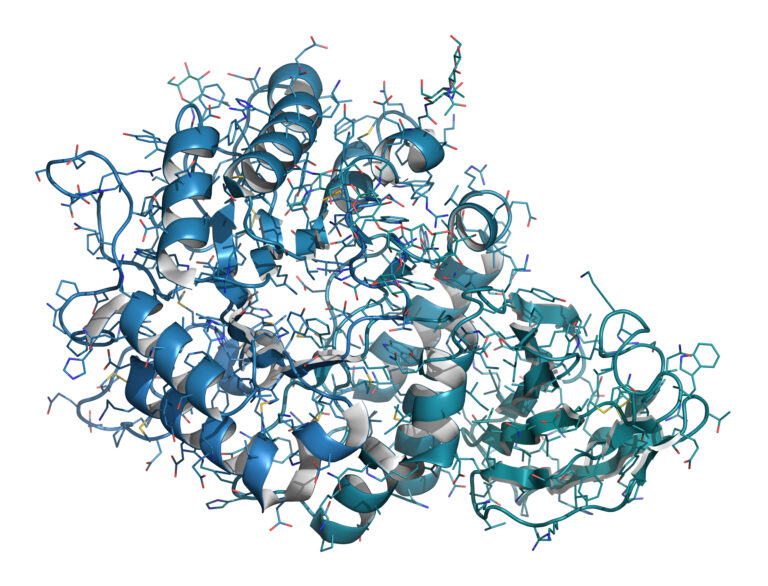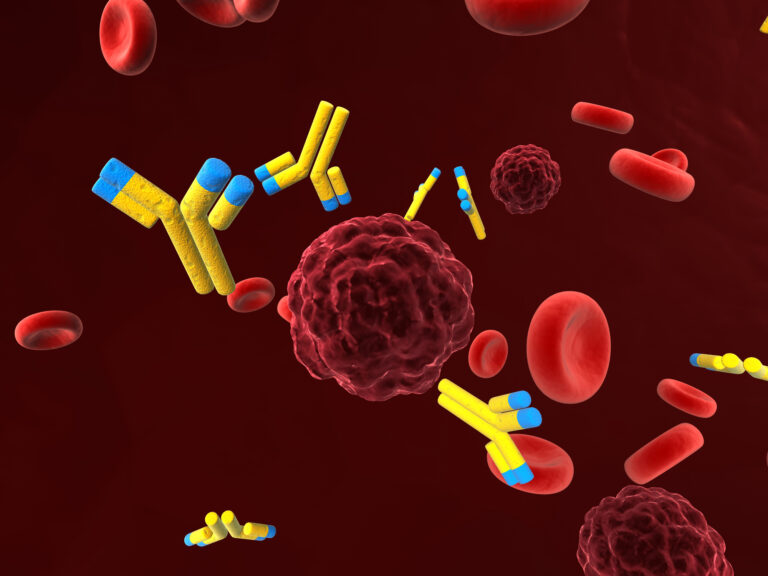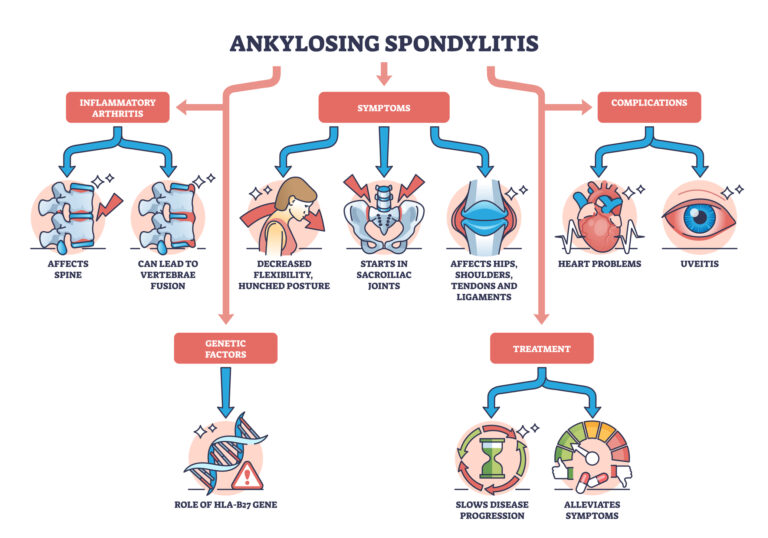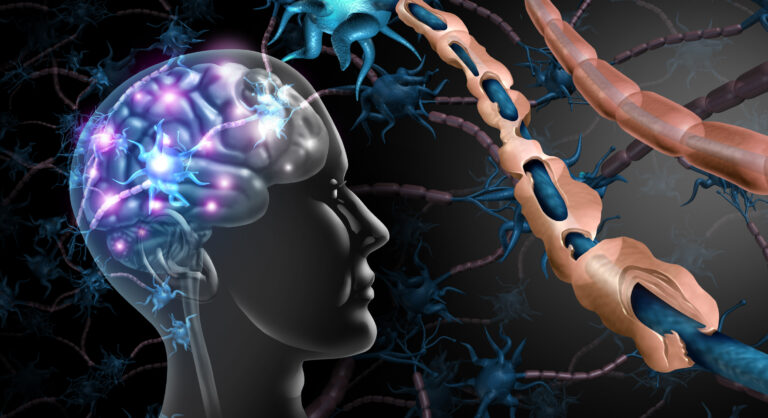Genetic Imaging Biomarkers
Genetic imaging biomarkers are an emerging field that bridges molecular genetics with medical imaging. These biomarkers provide critical insights into the genetic basis of diseases, enabling early diagnosis, prognosis, and monitoring of treatment response. By integrating genetic data with imaging techniques, researchers and clinicians can enhance their understanding of disease mechanisms and improve personalised medicine approaches.
Definition and Significance
Genetic imaging biomarkers refer to measurable biological indicators that link genetic variations to imaging phenotypes. These biomarkers are particularly valuable in fields such as oncology, neurology, and cardiovascular medicine, where early and precise detection of disease-related changes is essential. Genetic variations, including single nucleotide polymorphisms (SNPs), copy number variations, and epigenetic modifications, can influence imaging characteristics observed through techniques such as positron emission tomography (PET), magnetic resonance imaging (MRI), and computed tomography (CT).
For instance, in neurodegenerative diseases like Alzheimer’s, genetic risk factors such as the APOE ε4 allele are associated with amyloid plaque deposition, which can be visualised using PET imaging. Similarly, in oncology, genetic mutations in tumours, such as EGFR in lung cancer, correlate with specific imaging patterns that guide treatment decisions.
Applications in Disease Diagnosis and Management
- Neurology
In conditions like Alzheimer’s and Parkinson’s disease, genetic imaging biomarkers help detect early pathological changes before clinical symptoms appear. For example, amyloid and tau PET imaging in individuals with high genetic risk allows for early intervention strategies. Functional MRI (fMRI) has also been used to study how genetic mutations affect brain connectivity in psychiatric disorders like schizophrenia and depression.
- Oncology
Genetic imaging biomarkers play a crucial role in cancer diagnosis and therapy selection. PET imaging with radiolabelled tracers can highlight tumour metabolic activity, which varies based on genetic mutations. For instance, patients with BRAF-mutated melanoma show different PET uptake patterns, influencing targeted therapy decisions. Additionally, radiogenomics, which combines imaging and genetic data, is being used to predict tumour aggressiveness and treatment response.
- Cardiovascular Diseases
Imaging biomarkers derived from genetic studies are used to assess cardiovascular risk factors such as atherosclerosis. Genetic predispositions to conditions like familial hypercholesterolaemia influence plaque formation, which can be visualised using CT angiography.
Future Directions and Challenges
Advancements in artificial intelligence and machine learning are improving the analysis of genetic imaging biomarkers by identifying patterns that may not be detectable through traditional methods. However, challenges remain, including standardisation of imaging protocols, integration of multi-omics data, and ethical considerations related to genetic information.
In conclusion, genetic imaging biomarkers hold immense promise for precision medicine, enabling earlier diagnosis and more tailored treatments. As technology advances, their role in clinical decision-making is expected to expand, improving outcomes across various medical fields.
You are here:
home » Genetic Imaging Biomarkers
